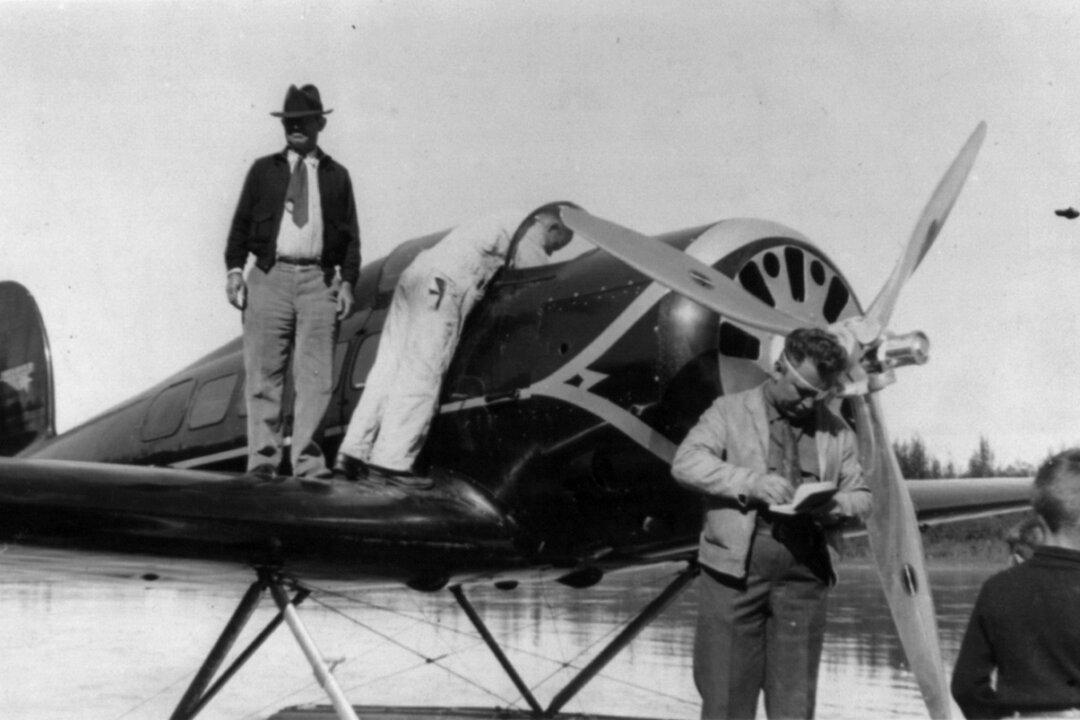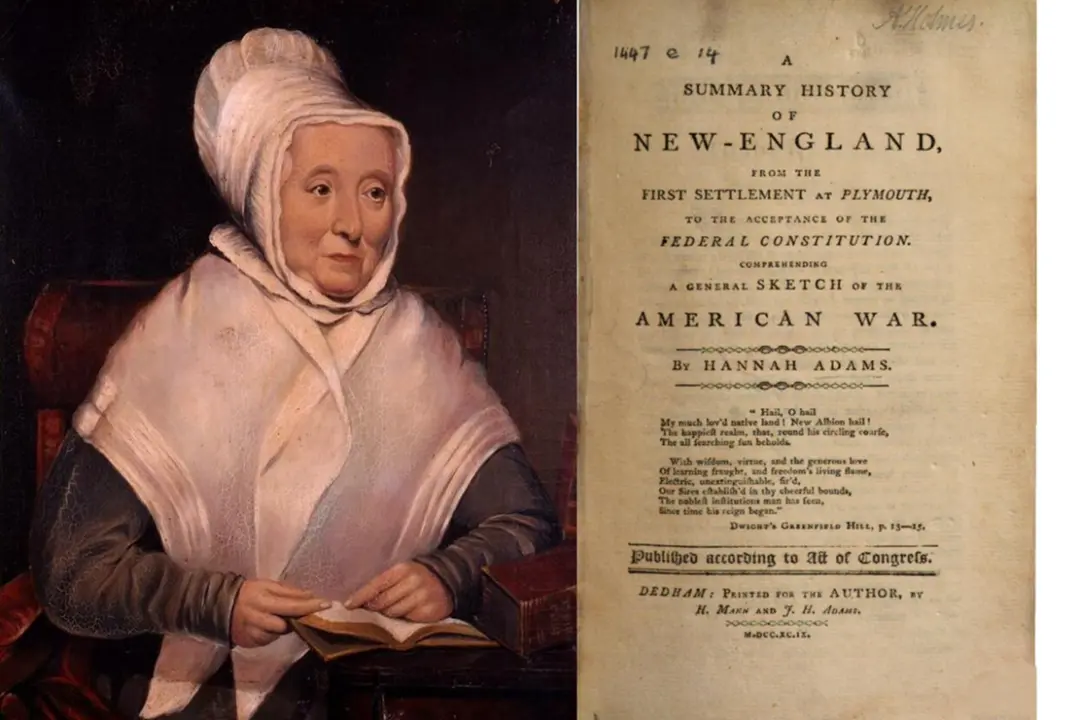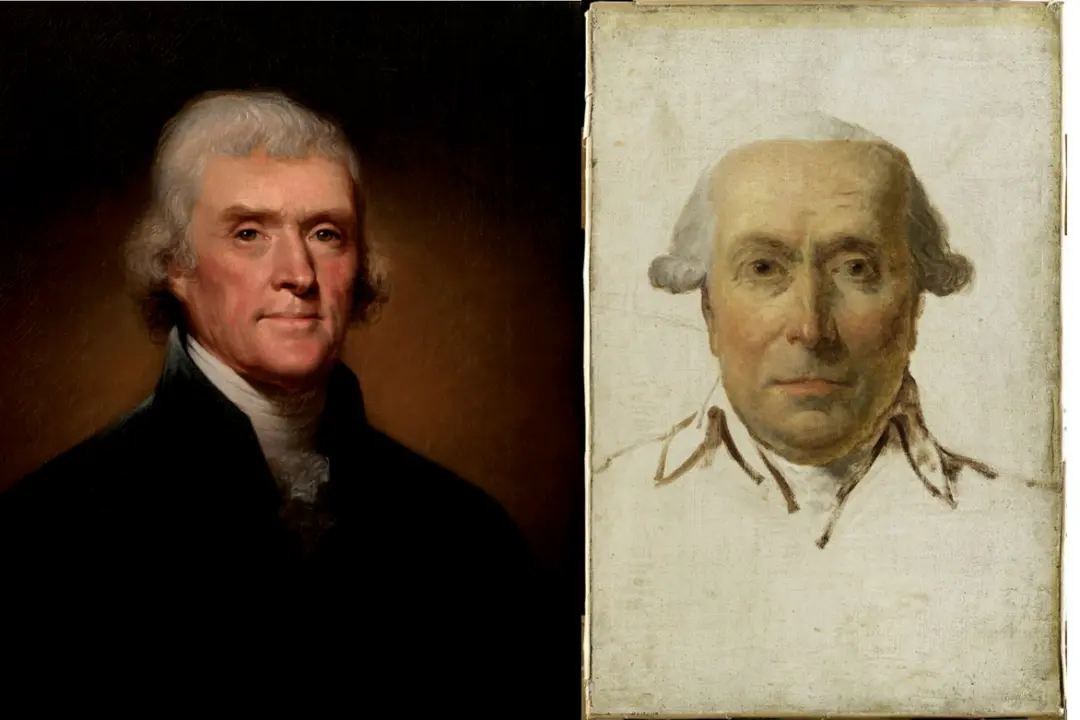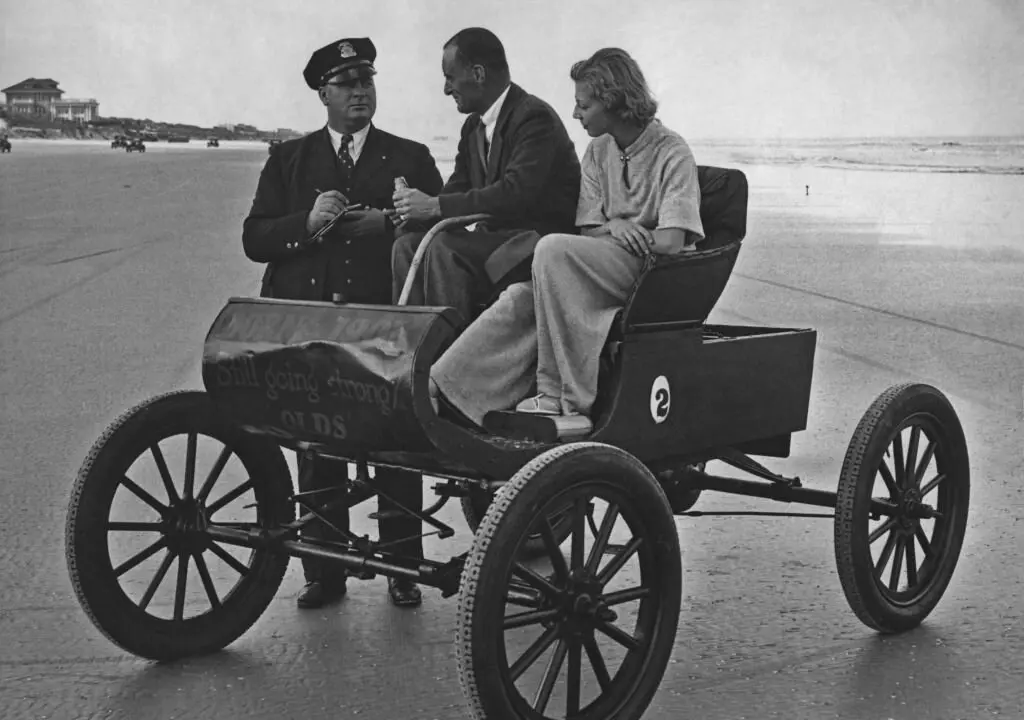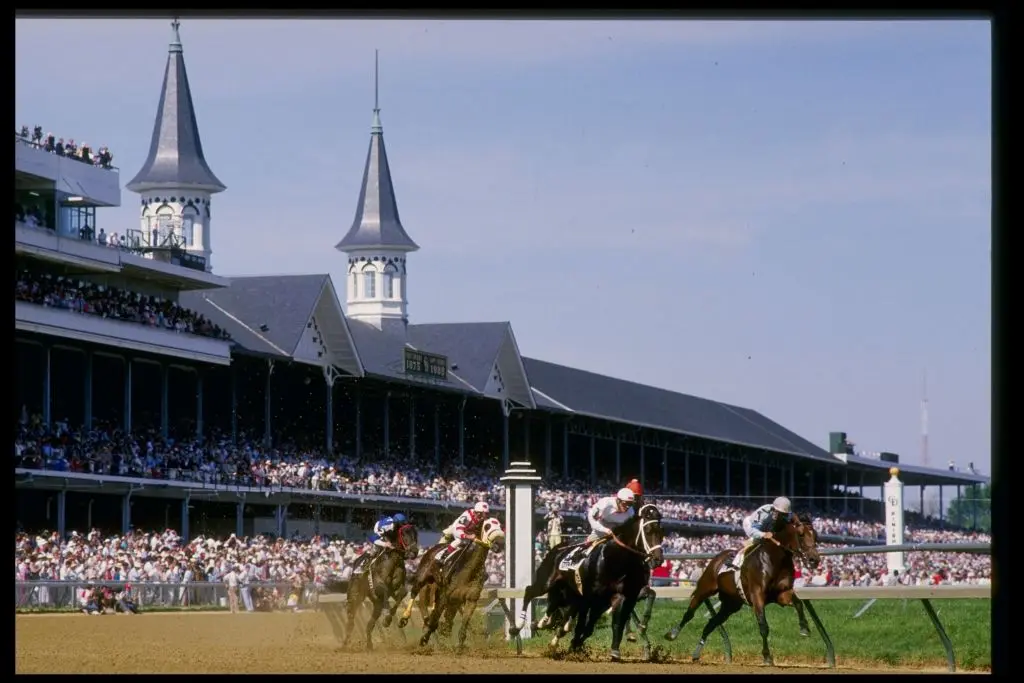Wiley Post completed the world’s first solo, around-the-world flight more than 90 years ago. In the plywood contraption known as the Winnie Mae, he landed in New York City one summer night in 1933 after circling the globe in seven days, 18 hours, and 49 minutes, and making only 11 stops.
Immersed in the confetti, ticker tape, and newsreel excitement was a bashful man with a disarming smile and vanguard sense of urgency, ever aware that the slightest delay meant the difference between success and failure.

